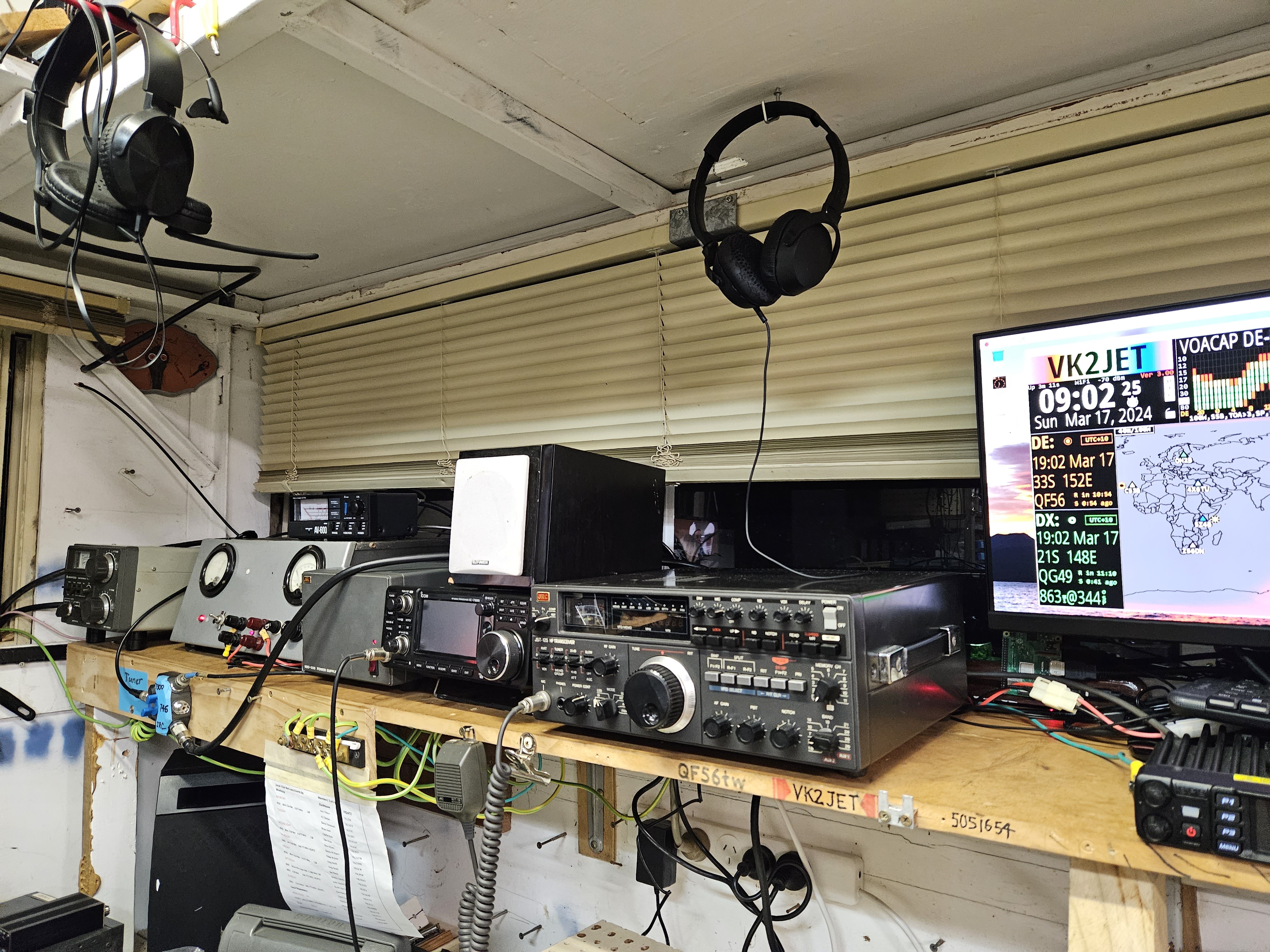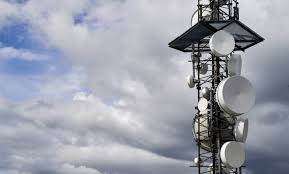The Nature of Amateur Radio
Amateur Radio is a Hobby that is popular around the world. It facilitates radiocommunications between Amateur Radio enthusiasts. Amateurs can communicate with other Amateurs on specifically allocated frequency bands. It is intended to allow intercommunication, technical self-training, and investigations into radiocommunications generally.
Amateur Radio is a regulated hobby. This is because the Radio spectrum is a shared resource; just as our roads are shared by many types of drivers who provide a wide range of services. Drivers have a set of road rules. We have our own set of rules. In Australia it is the ACMA that regulates what we do. This is not a bad thing.
The ACMA's regulations and conditions are based on the Radiocommunications Act 1992, the Amateur Class License and the Amateur License Conditions Determination (LCD) for Beacon and Repeater Stations. A qualification under the Amateur Class License authorises the operation of an Amateur Station for the following:
- Self Training in Radiocommunications
- Intercommunication between Amateurs
- Technical Investigations into Radiocommunications
Popular Amateur Frequency bands for Amateur Radiocommunication include:
- 80 metre HF band ( 3.50 MHz to 3.70 MHz)
- 40 metre HF band ( 7.00 MHz to 7.30 MHz)
- 15 metre HF band (21.00 MHz to 21.45 MHz)
- 2 metre VHF band (144 MHz to 148 MHz)
- 70 cm UHF band (430 MHz to 450 MHz)

